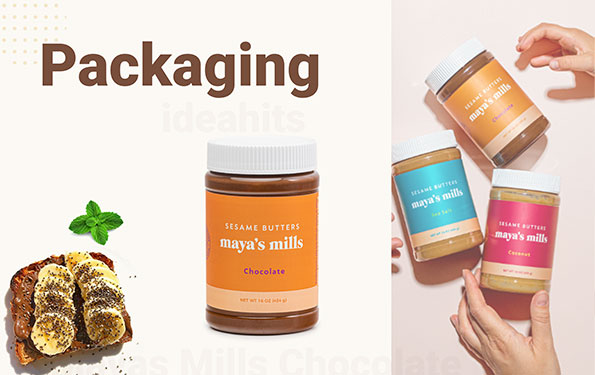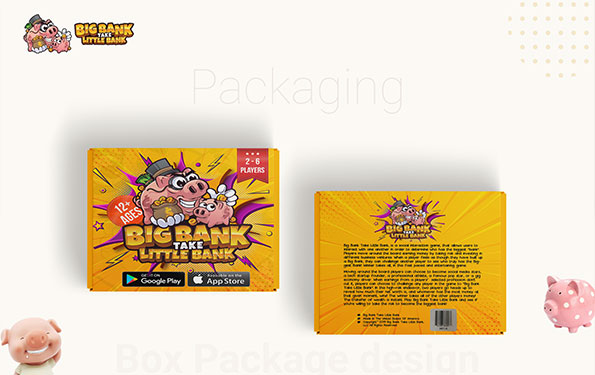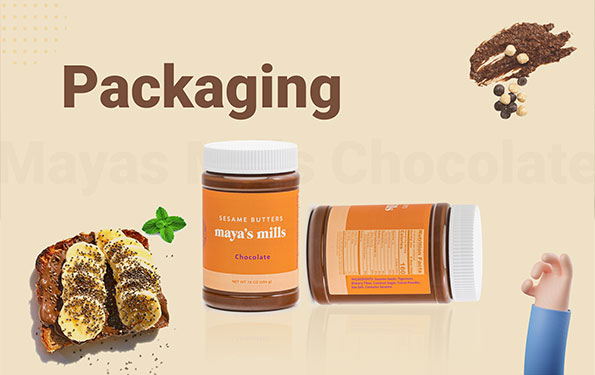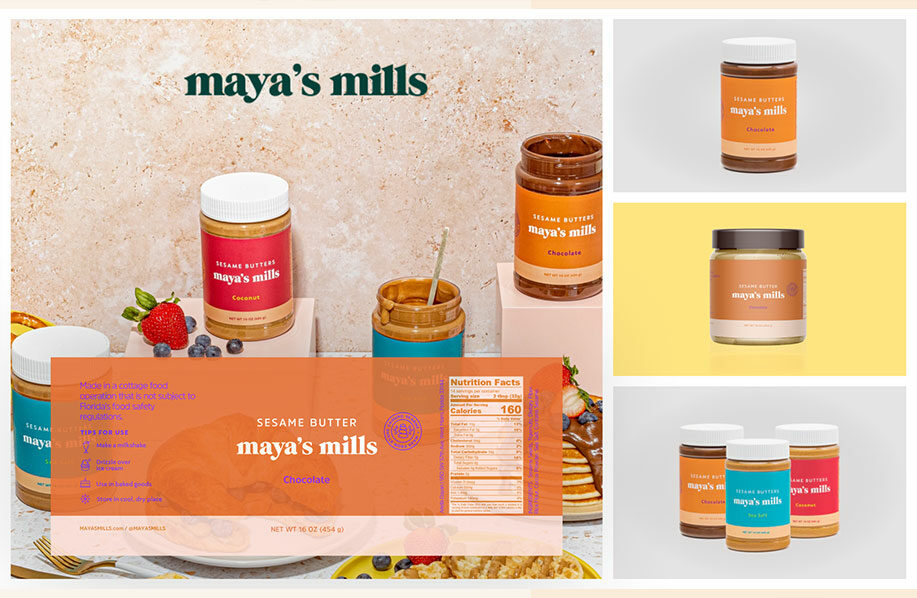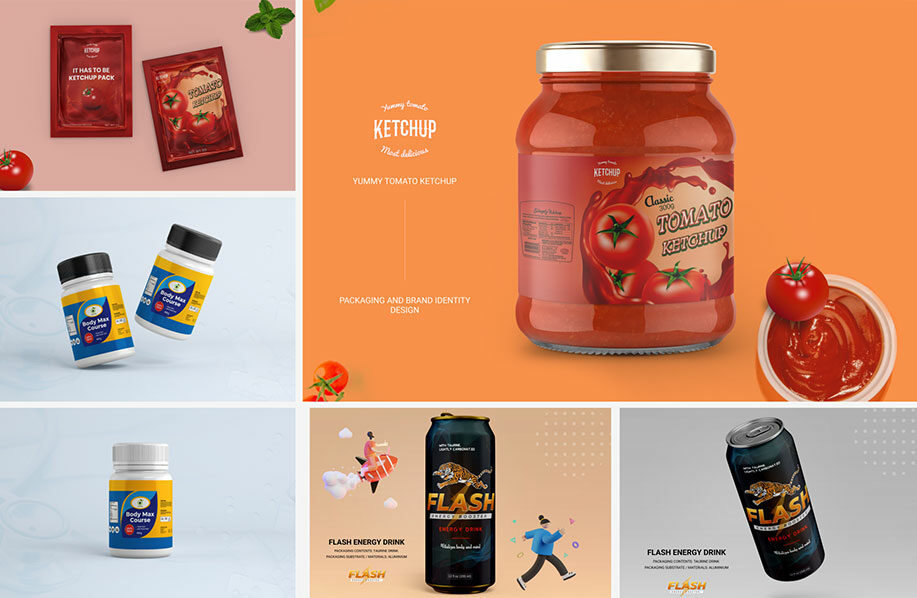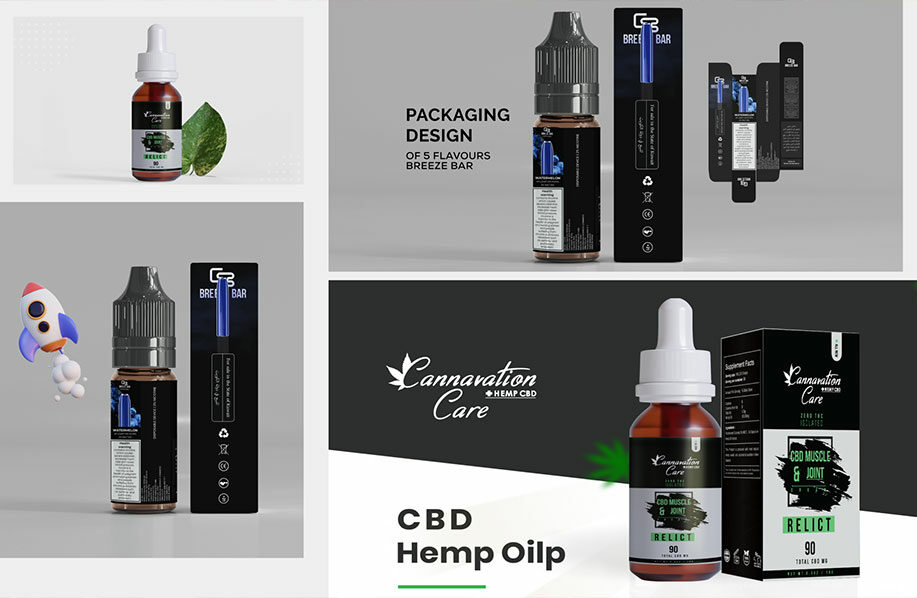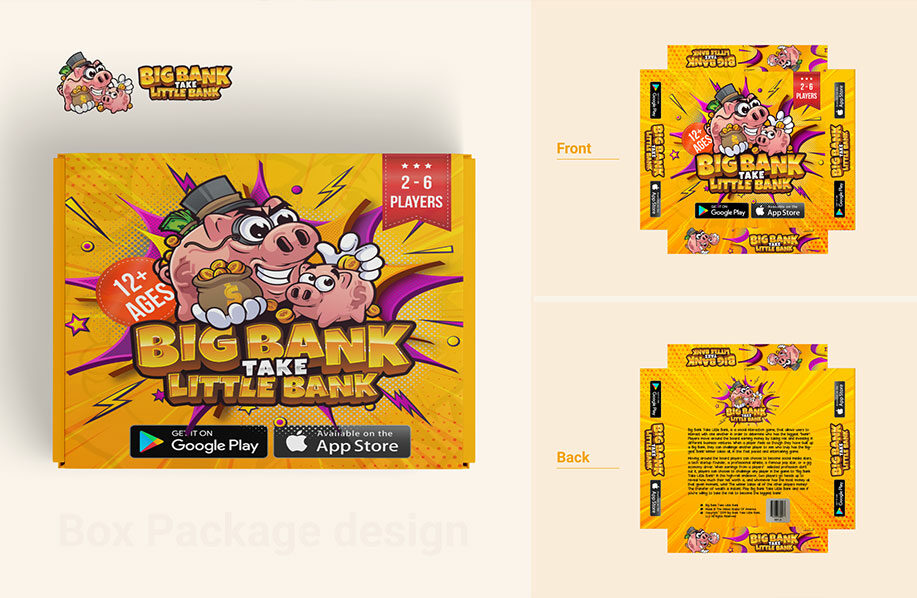Cosmetic Jar & Bottle Packaging Design
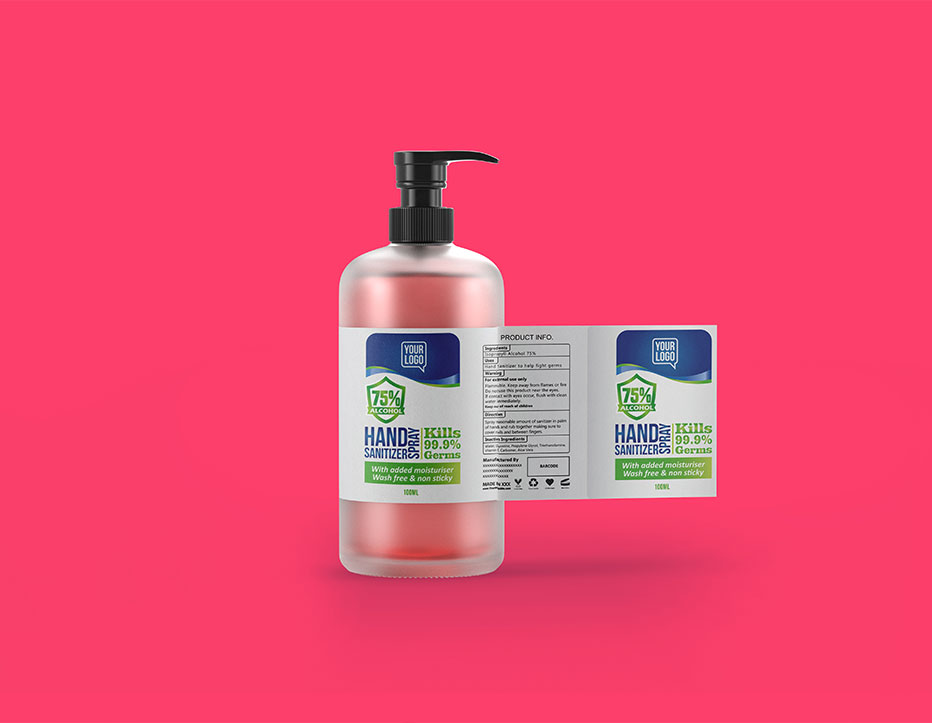
Do you need cosmetic jar and bottle branding and packaging design services? You are in the right place. We are a leading agency for cosmetic items. Join us on chat to discuss your design requirements.
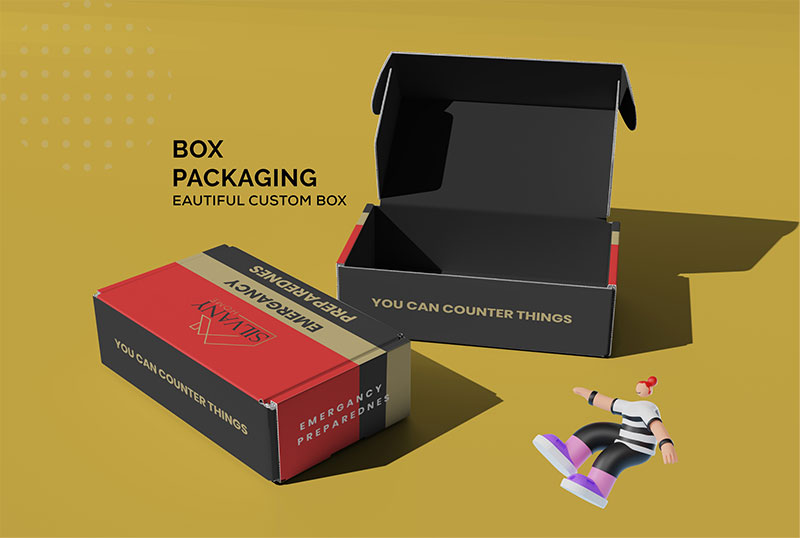
04
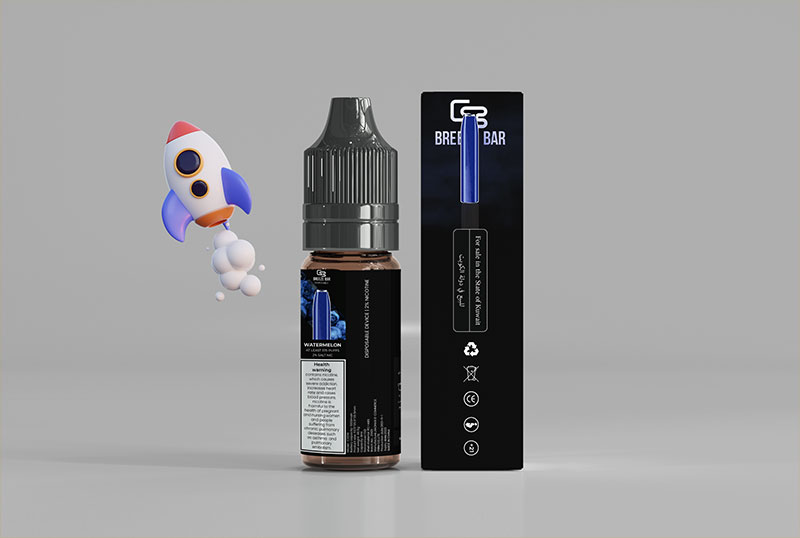
05
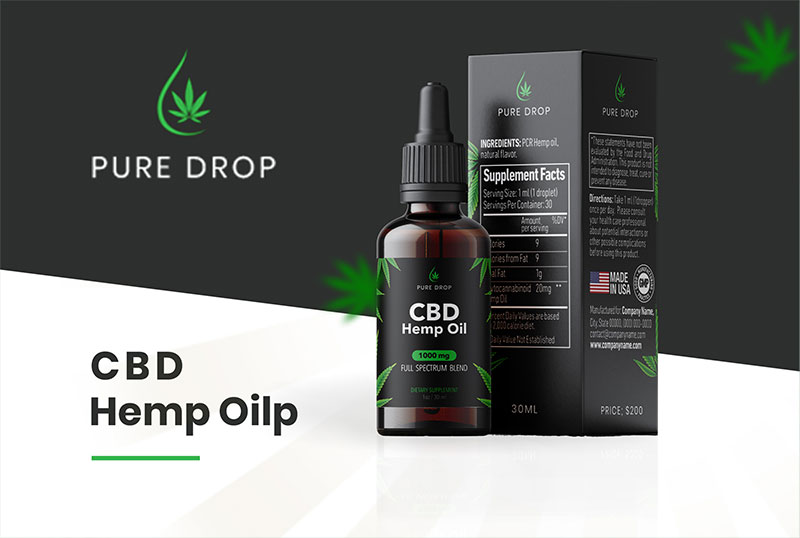
06
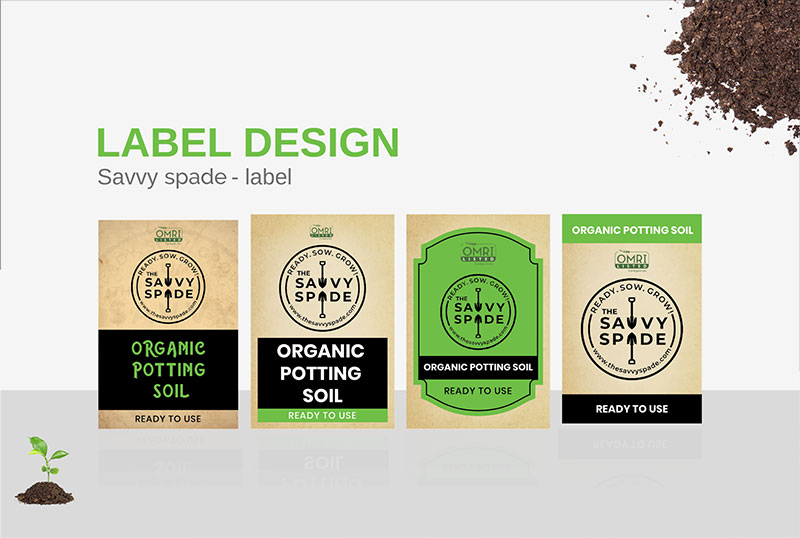
07
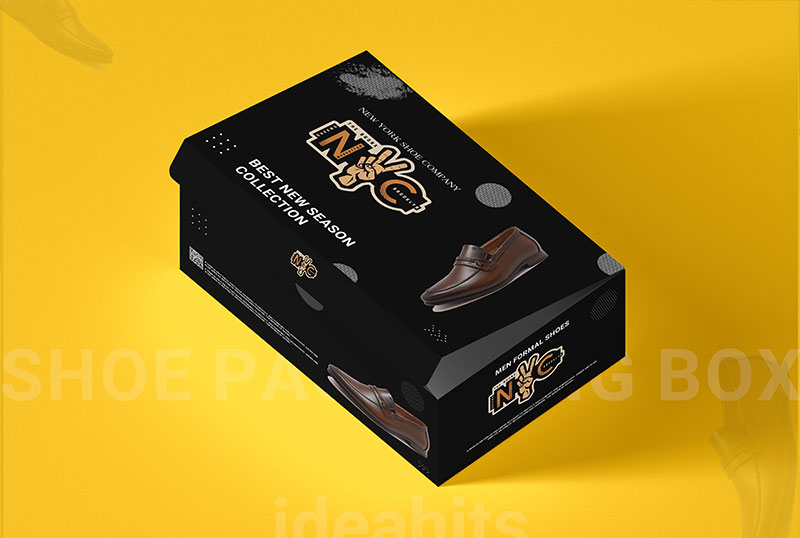
08
Shop Home
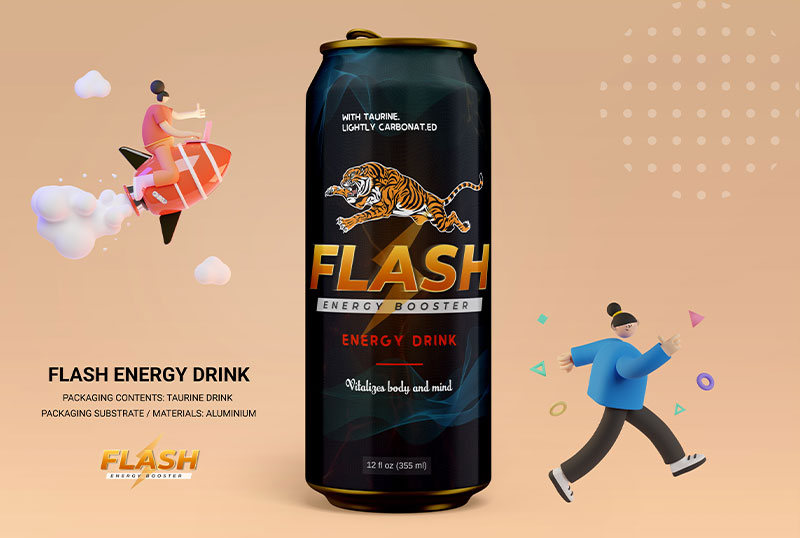
09
Product Showcase
Powerful Shop.
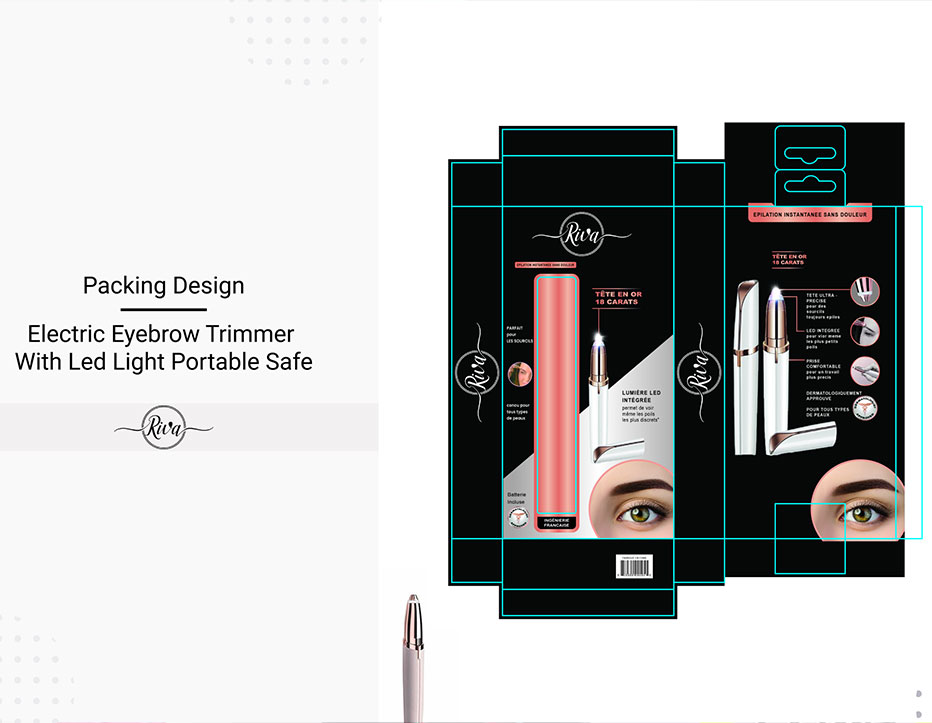
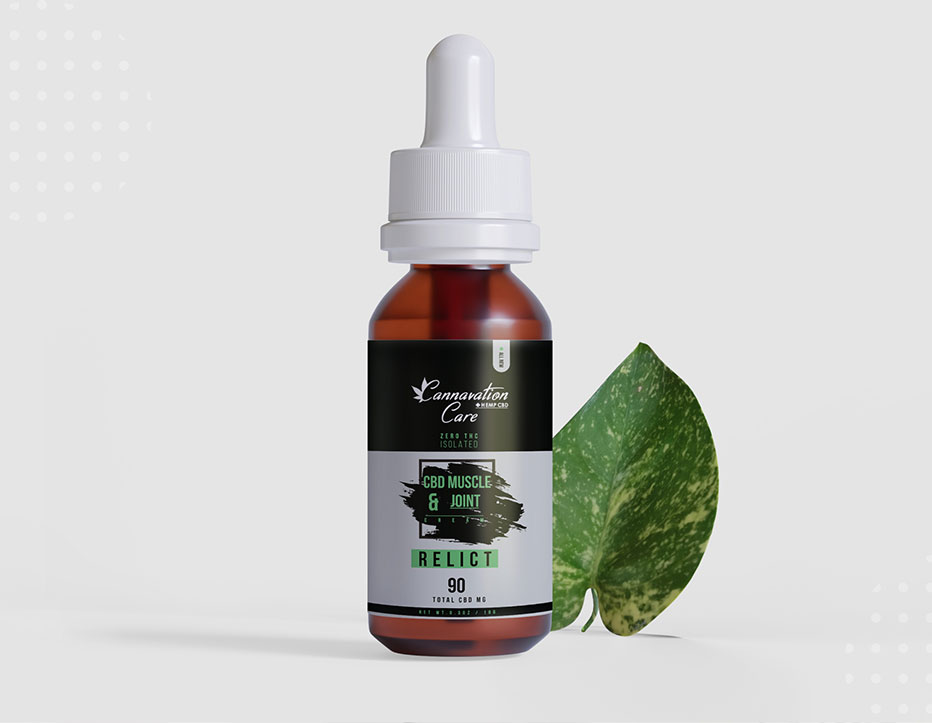

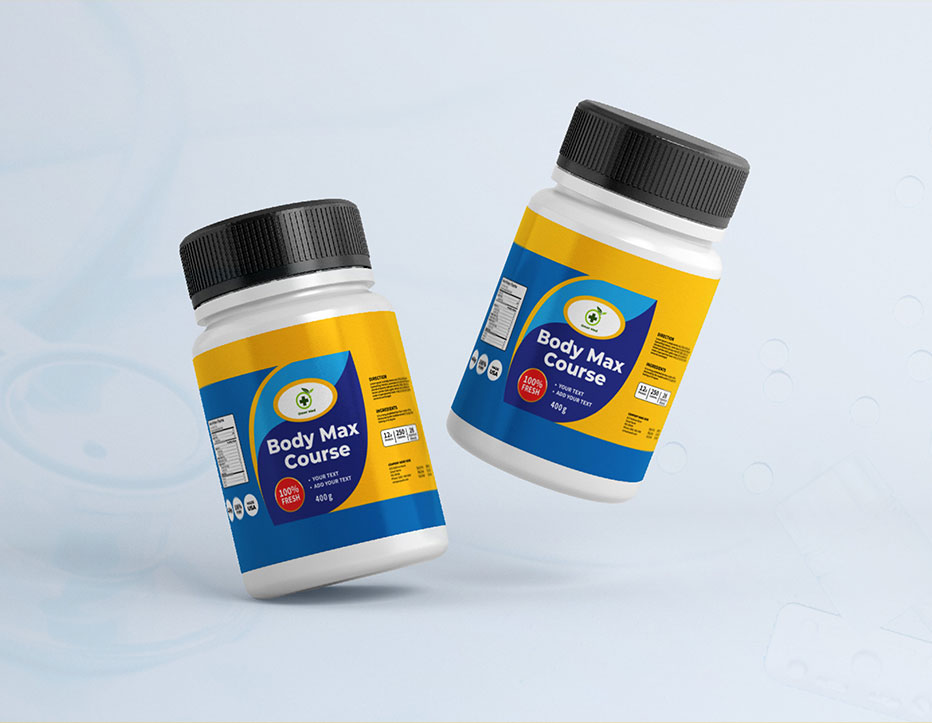


Practical Inner Pages.
Contact Us For Packaging Design
Frequently Asked Questions
What materials are commonly used in cosmetic bottle design?
Commonly materials used in cosmetic bottle design include glass, plastic (PET, HDPE, PP, etc.), aluminium, and acrylic.
What are the different types of bottle shapes and sizes used in cosmetic packaging?
Common bottle shapes used in cosmetic packaging include cylindrical, square, rectangular, oval, and asymmetrical shapes. The sizes of cosmetic bottles can vary widely, ranging from small travel-sized containers to larger bottles for home use.
What design elements can be incorporated into a cosmetic bottle to make it more visually appealing?
In order to make the cosmetic bottle more visually appealing you need to focus on the elements of colour, texture, embossing, debossing, labelling, and printing techniques such as foil stamping or UV coating. Other features that make a bottle stand out include unique shapes, features like grooves, curves, or cutouts.
How can the functionality of a cosmetic bottle be improved through design? Incorporate features such as spray nozzles, pumps, droppers, or dispensing caps that make it easier to use and apply the product to improve the functionality. The shape and size of the bottle can also be designed to fit comfortably in the hand and ensure easy dispensing.
What factors should be considered when selecting a pump or dispenser for a cosmetic bottle?
These factors include the viscosity of the product, the desired flow rate, and the amount of product that should be dispensed per use. The type of packaging material and compatibility with the product should also be taken into consideration.
What are the pros and cons of using clear versus opaque bottles for cosmetic packaging?
Clear bottles are ideal for showcasing the product inside and can give a clean, modern look. However, they may be more prone to discoloration over time, and the product may be more susceptible to damage from UV light.
On the other hand, opaque bottles, can protect the product from light exposure and provide a wider range of colour options.
How can Eco-friendly design be incorporated into cosmetic bottles?
Eco-friendly design can be incorporated into cosmetic bottles by using sustainable materials, reducing packaging waste, and optimizing the design for efficient manufacturing and transportation. Refillable or reusable packaging options can also be explored.
How important is branding in cosmetic bottle design?
Branding is crucial in cosmetic bottle design as it helps to distinguish the product from competitors and communicates the values of the brand to the consumer. A well-designed bottle that reflects the brand’s image can also help to build brand recognition and loyalty.
What regulations or guidelines must be followed when designing cosmetic bottles? Designers must follow various regulations and guidelines, including those related to product safety, labelling, and packaging waste. For example, the FDA regulates the use of certain materials in cosmetic packaging and requires certain information to be displayed on the label.
What materials are commonly used in cosmetic jar design?
Common materials used in cosmetic jar design include glass, plastic (PET, HDPE, PP, etc.), aluminum, and acrylic.
What are the different types of cosmetic jar shapes and sizes available? Cosmetic jars come in a variety of shapes and sizes, including round, square, oval, and hexagonal shapes. They range in size from small jars for lip balm or eye cream to larger jars for lotions and creams.
What design elements can be incorporated into a cosmetic jar to make it more visually appealing? Design elements that can make a cosmetic jar more visually appealing include color, texture, labeling, and printing techniques such as foil stamping or UV coating. Unique shapes or features like ribbing, ridges, or cutouts can also make a jar stand out.


